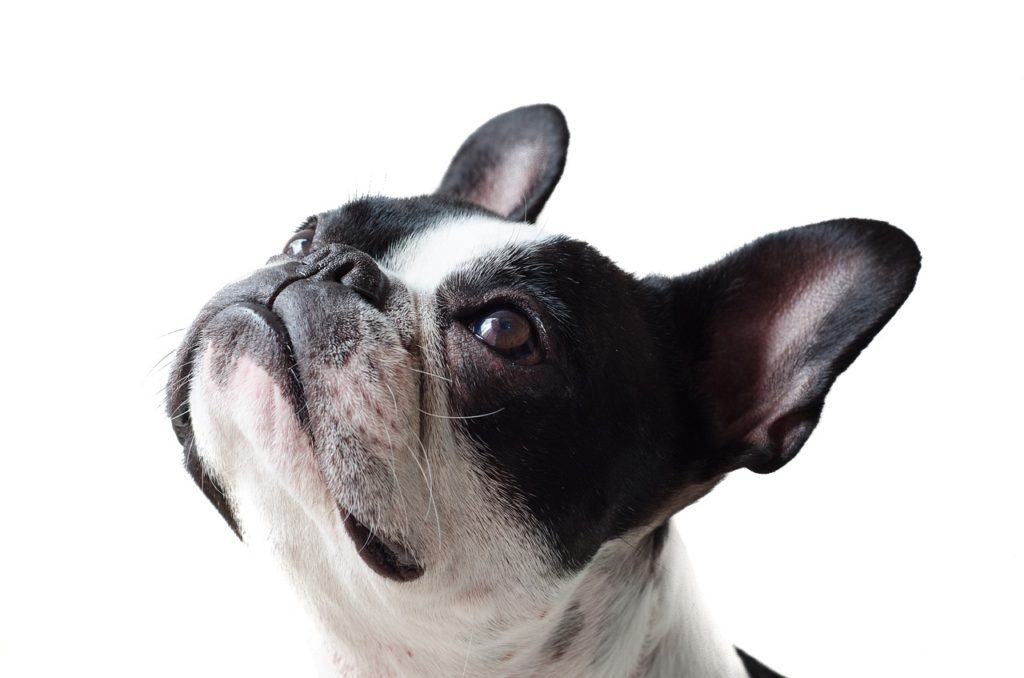Reverse sneezing can certainly sound alarming! But, it is very common in dogs and often sounds worse than it is! This condition is much more common in dogs than in cats. Here’s what you should know about reverse sneezing and how to help your pet through it!
Table of Contents
What Is Reverse Sneezing?
Reverse sneezing is when a dog forcefully inspires air through its nose very quickly. Whereas, a normal sneeze involves the expiration of air. It can last from a few seconds up to a minute.
How Do You Know If Your Dog Is Reverse Sneezing?
You will notice your dog breathing in air rapidly through their nose while producing snorting sounds. This sound may even sound similar to a goose honking. While they are doing this they straighten their neck and head. It may sound like your pet even has something lodged in its nose or throat. If you do suspect that it is not a reverse sneeze and your dog could have ingested something causing an obstruction- go to your vet immediately.
What Is The Cause?
The cause of a reverse sneeze is similar to that of a normal sneeze. Irritants cause both of these types of “sneezes”. The potential irritant for a reverse sneeze could be in the nasal passageways, soft palate, or throat. The issue during a reverse sneeze is that the irritant has caused the trachea to narrow so your pet has to try harder to inhale air to the lungs. Brachycephalic breeds may be more susceptible to reverse sneezing as their airways tend to be narrower and they tend to have an elongated soft palate.
Potential Sources Of Irritation Include:
- Excitement
- Smoke
- Allergies
- Grass
- Brachycephalic syndrome
- Odour
- Viruses
- Food/water ingestion
- Foreign Material
How Is It Diagnosed?
To diagnose this condition your veterinarian will largely rely on the clinical signs (symptoms), physical exam, and patient history. It is ideal if you are able to film your dog during an “episode” so that your vet can confirm their diagnosis. Your vet may also suggest doing radiographs to confirm that there is no congenital cause or obstruction present.
Diagnosis is important because reverse sneezing presents similarly to a collapsing trachea, which is a condition that may require long-term treatment. Moreover, upper respiratory tract infections, heart disease, and asthma can also be a concern so getting your pet evaluated by your veterinarian to get a proper diagnosis is important!
How Is The Treatment?
Typically reverse sneezing does not require treatment. Most of the time these episodes will pass. To help your dog during these episodes you can try to keep your pet as calm as possible and pet their neck. You may also try to offer them water to see if it will rid them of the potential irritant causing the reverse sneeze. If you find that your dog is having an increase in the frequency of these episodes it would be best to contact your veterinarian to assess your pet.
Frequently Asked Questions
Keep your dog calm, and stroke their neck.
Most commonly reverse sneezing is harmless. But, many other diseases/infections and obstructions can produce similar symptoms so it is important to get a proper diagnosis from your veterinarian.
Typically it lasts a few seconds up to one minute.

